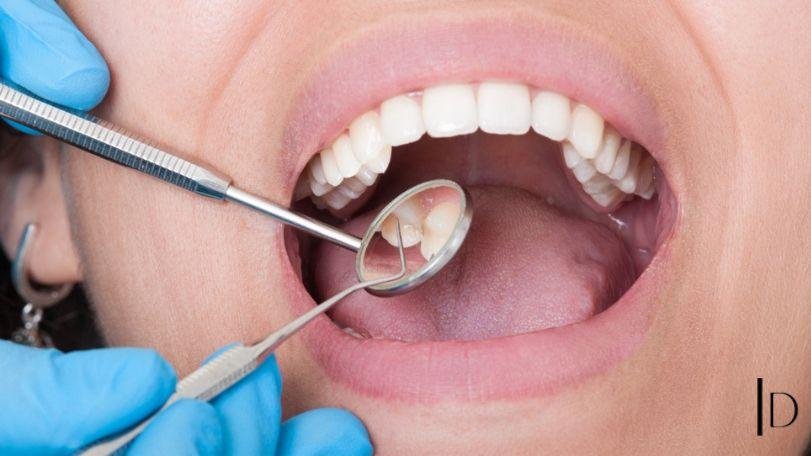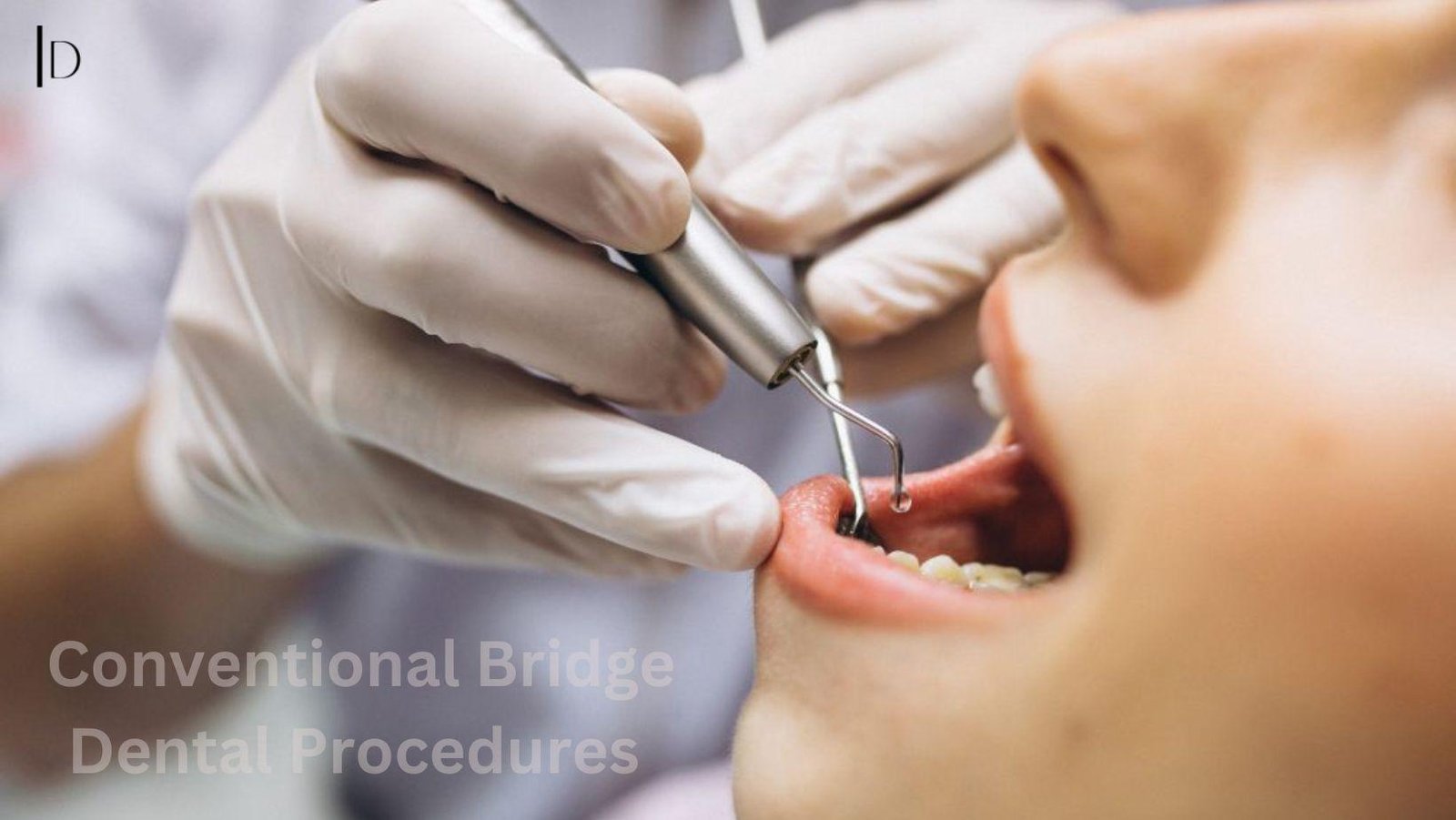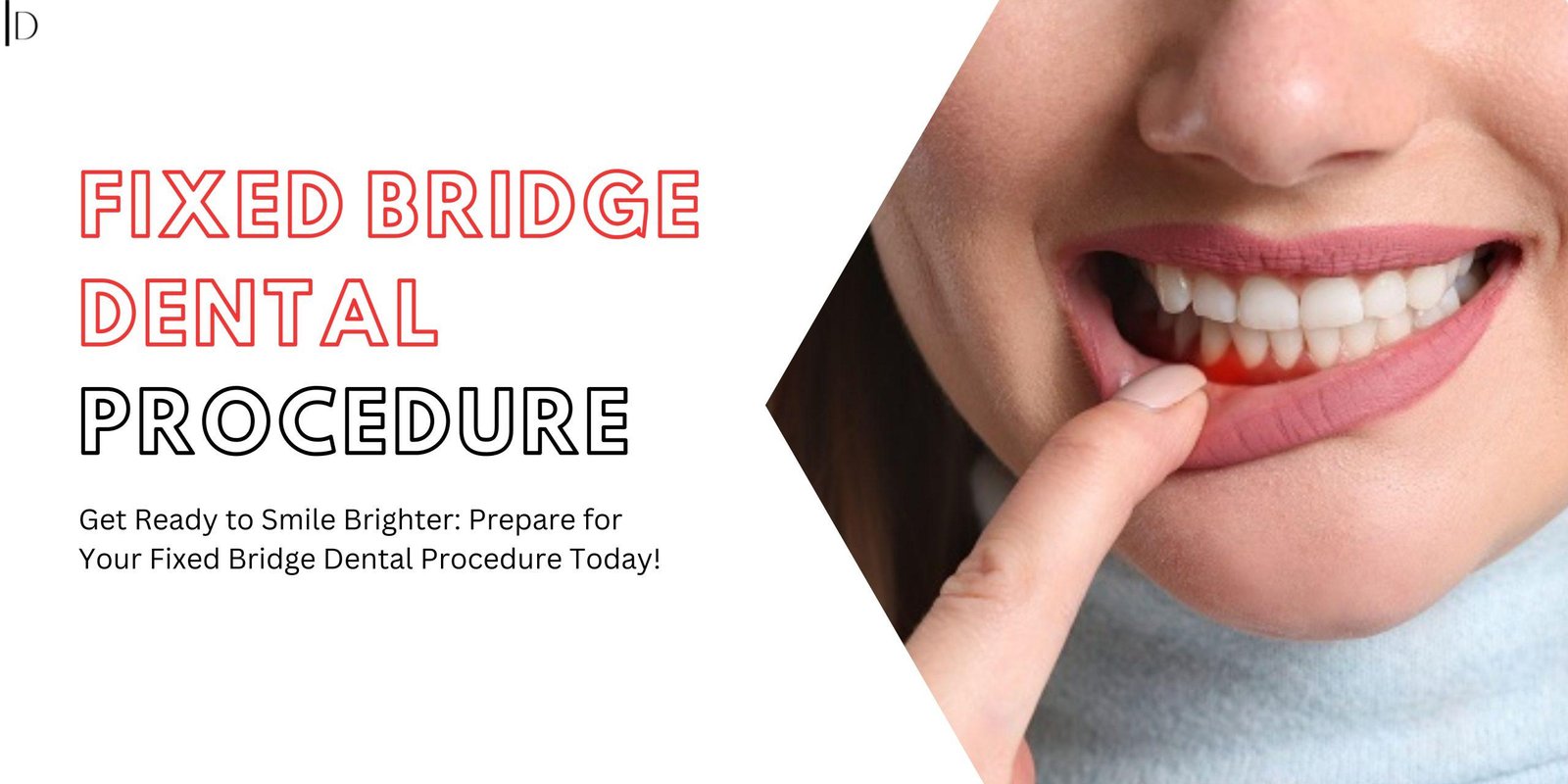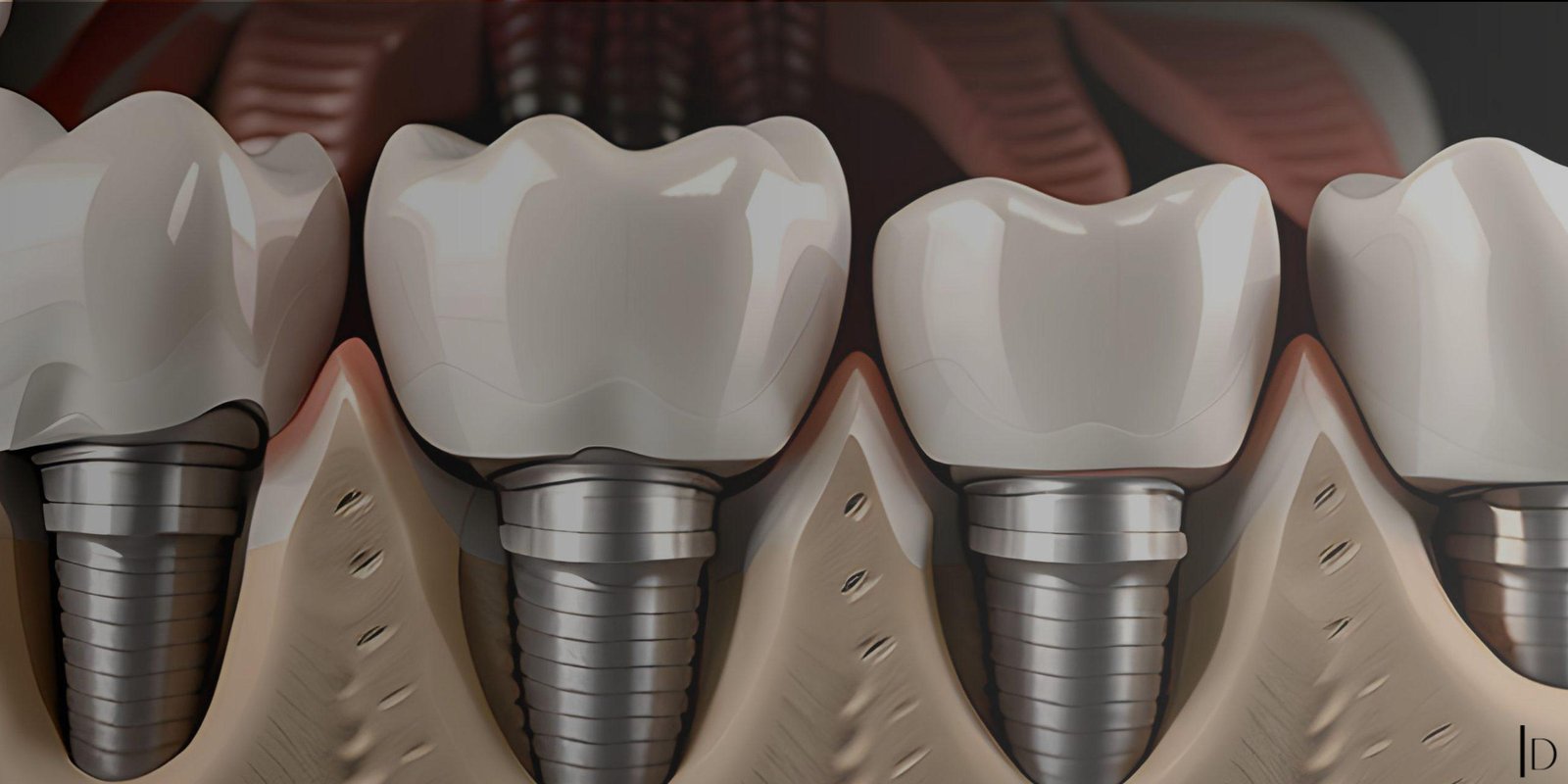Tag: conventional bridge dental

Understanding Teeth Lose Causes, Prevention, and Treatment
May 17, 2024Teeth lose are a common concern for both children and adults. While it’s a normal part of growing up for kids, loose teeth in adults can be a sign of underlying issues that need immediate attention. Understanding the causes, prevention, and treatment options for teeth lose can help you maintain a healthy smile.
Causes of Teeth Lose
For Children
In children, teeth lose are a natural part of the development process. As their permanent teeth begin to grow, they push against the roots of the baby teeth, causing them to loosen and eventually fall out. This typically starts around the age of six and continues until the early teenage years.
For Adults
Loose teeth in adults, however, are often a sign of dental problems that need to be addressed. Some common causes include:
- Gum Disease: Periodontal disease, or gum disease, is a major cause of loose teeth in adults. It occurs when plaque and tartar build up on the teeth and gums, leading to infection and inflammation. Over time, this can cause the gums to recede and the teeth to become lose.
- Trauma or Injury: Accidents or injuries to the mouth can cause teeth to become lose. This might happen from a fall, a blow to the face, or even biting down on something hard.
- Bruxism: Grinding or clenching your teeth, known as bruxism, can put excessive pressure on your teeth, leading to them becoming loose over time.
- Bone Loss: Conditions that affect bone density, such as osteoporosis, can weaken the jawbone and result in teeth lose.
- Poor Oral Hygiene: Inadequate brushing and flossing can lead to plaque buildup, gum disease, and eventually teeth lose.
Prevention of Teeth Lose
Preventing loose teeth involves maintaining good oral hygiene and taking steps to protect your teeth from injury and disease. Here are some key tips:
- Practice Good Oral Hygiene: Brush your teeth at least twice a day with fluoride toothpaste and floss daily to remove plaque from between your teeth and under your gumline.
- Regular Dental Checkups: Visit your dentist regularly for checkups and cleanings. Your dentist can identify early signs of gum disease and other issues that might lead to teeth lose.
- Healthy Diet: Eat a balanced diet rich in vitamins and minerals that support oral health. Avoid excessive consumption of sugary foods and drinks, which can contribute to tooth decay and gum disease.
- Mouthguards: If you participate in contact sports or grind your teeth at night, consider wearing a mouthguard to protect your teeth from injury.
- Quit Smoking: Smoking can significantly increase your risk of gum disease, which can lead to teeth lose.
Treatment for Teeth lose
If you notice that your teeth are lose, it’s important to seek professional dental care as soon as possible. Treatment will depend on the underlying cause:
- Gum Disease Treatment: If gum disease is the cause, your dentist may recommend a deep cleaning procedure called scaling and root planing to remove plaque and tartar from below the gumline. In severe cases, surgical intervention may be necessary.
- Splinting: For teeth loosened by trauma or bruxism, your dentist might use a technique called splinting. This involves bonding the loose tooth to adjacent teeth to stabilize it.
- Bone Grafts: In cases of bone loss, a bone graft might be necessary to regenerate lost bone tissue and provide a stable foundation for your teeth.
- Lifestyle Changes: Addressing habits like smoking or teeth grinding can prevent further damage. Your dentist may also recommend changes to your diet and oral hygiene routine.
- Extraction and Replacement: In cases where a tooth cannot be saved, extraction might be necessary. The missing tooth can be replaced with a dental implant, bridge, or denture.
Conclusion
Teeth lose can be a sign of significant dental issues, especially in adults. By understanding the causes, practicing good oral hygiene, and seeking prompt dental care, you can prevent and treat loose teeth effectively. Remember, maintaining a healthy smile requires regular dental visits and a commitment to good oral health practices.

Smoking and Dental Implants: Can You Have Both?
May 3, 2024
Benefits and Considerations of Conventional Bridge Dental Procedures
April 4, 2024Understanding Conventional Bridge Dental Procedures
Conventional bridge dental procedures are called dental bridges. They are a type of dental restoration used to replace one or more missing teeth. A bridge consists of one or more artificial teeth, known as pontics. These pontics are anchored in place by dental crowns placed on the teeth adjacent to the gap. The crowns act as supports or abutments for the pontic, bridging the space created by the missing tooth or teeth.
The Benefits of Conventional Bridge Dental Procedures
- Restoration of Functionality: Bridges restore the ability to chew and speak properly, improving overall dental function.
- Aesthetic Enhancement: Bridges fill in gaps left by missing teeth, restoring a natural-looking smile and enhancing facial appearance.
- Preservation of Adjacent Teeth: Bridges do not significantly alter adjacent teeth, unlike some other tooth replacement options. This preserves the natural structure of the adjacent teeth.
- Durability: When properly cared for, dental bridges can last for many years, providing long-term reliability and functionality.
- Customization: Dentists customize bridges to match the color of your natural teeth, adjusting their size and shape for a seamless, natural look.
Important Considerations
- Suitability: Conventional bridge procedures can effectively solve the problem of missing teeth for many individuals. However, it’s essential to recognize that not everyone may be a suitable candidate.
- Maintenance: Proper oral hygiene practices are essential. Including regular brushing, flossing, and dental check-ups. These practices help maintain the health and longevity of dental bridges.
- Cost: While dental bridges offer numerous benefits, they can be more expensive than some other tooth replacement options. However, they are often covered by dental insurance to some extent.
- Potential Complications: In some cases, complications such as decay, gum disease, or damage to the abutment teeth may occur. Regular dental visits can help identify and address any issues early on.
Conclusion
Conventional bridge dental remain a reliable and effective solution for restoring missing teeth and improving overall dental health and aesthetics. By understanding the benefits, considerations, and potential outcomes associated with conventional dental bridges, patients can make informed decisions about their oral health care.

How to Prepare for a Fixed Bridge Dental Procedure
September 18, 2023If you’re scheduled for a fixed bridge dental procedure, you might be wondering how to best prepare for it. Fixed bridges are an effective solution for replacing missing teeth, restoring your smile, and improving your oral health. To ensure a smooth and successful dental experience, it’s essential to be well-prepared. In this guide, we’ll walk you through the steps to prepare for your fixed bridge dental procedure.
Consultation with Your Dentist
Before undergoing any dental procedure, it’s crucial to have an initial consultation with your dentist. This consultation serves several purposes:
- Assessment of Your Dental Health: Your dentist will examine your mouth and assess the condition of your teeth and gums. This evaluation helps determine if a fixed bridge is the right solution for you.
- Discussion of Treatment Plan: Your dentist will explain the treatment plan, including the type of bridge (traditional or implant-supported), the number of missing teeth to be replaced, and the estimated duration of the procedure.
- Cost and Insurance: The consultation is an opportunity to discuss the cost of the procedure, available payment options, and whether your dental insurance covers any part of the treatment.
Dental X-Rays and Impressions
To prepare for your fixed bridge dental procedure, your dentist will likely take dental X-rays and impressions of your teeth. This step is essential because it provides precise information about the structure and condition of your mouth:
- X-Rays: Dental X-rays help your dentist visualize the underlying bone structure and assess the health of adjacent teeth. This information is crucial for designing a bridge that fits perfectly.
- Impressions: Impressions of your teeth help create an accurate mould for the bridge. This ensures a comfortable and secure fit once the bridge is in place.
Oral Hygiene and Gum Health
Good oral hygiene is essentially both before and after your fixed bridge dental procedure. Here’s how to prepare in this aspect:
- Brush and Floss: Maintain a rigorous oral hygiene routine by brushing your teeth at least twice a day and flossing daily. Clean and healthy teeth and gums provide a better foundation for the bridge.
- Gum Health: Pay attention to your gum health. If you notice any signs of gum disease, such as redness, swelling, or bleeding, inform your dentist. Healthy gums are essential for the long-term success of your fixed bridge.
Preoperative Instructions
Your dentist will provide you with specific preoperative instructions to follow in the days leading up to your fixed bridge dental procedure. These instructions may include:
- Dietary Restrictions: You might be advised to avoid certain foods and drinks, especially alcohol and caffeine, in the hours before the procedure.
- Medication: If you are on any medications, your dentist will discuss whether you should continue taking them as usual or make adjustments.
- Arrangements for Transportation: If you will be receiving sedation or anaesthesia during the procedure, arrange for someone to drive you home afterward.
Questions and Concerns
Before the day of the procedure, make sure to ask any questions or express any concerns you may have. Open communication with your dentist is vital for a successful outcome.
The Day of the Procedure
On the day of your fixed bridge dental procedure, arrive at the dental office on time and follow any additional instructions provided by your dentist or their team. Be prepared to relax and trust in the expertise of your dental care professionals.
Conclusion
Preparing for a fixed bridge dental procedure involves a combination of careful planning, good oral hygiene, and clear communication with your dentist. By following the steps outlined in this guide, you’ll be well-prepared to undergo this dental procedure and look forward to the benefits it brings, such as improved oral health and a more confident smile. Remember that your dentist is your partner in this journey, so don’t hesitate to ask questions and share any concerns you may have.

How Conventional Bridge Dental Work Can Transform Your Appearance
August 21, 2023Rediscovering Your Smile Through Conventional Bridge Dental Work
Your smile is one of the first things people notice about you. It plays a crucial role in creating a positive first impression. However, dental issues such as missing teeth can significantly impact your confidence and overall appearance. Conventional bridge dental work offers a tried-and-true solution to restore your smile’s brilliance and transform your appearance, boosting both your self-esteem and oral health.
Understanding Conventional Bridge Dental Work
Dentists commonly perform conventional bridge dental work to replace one or more missing teeth. It involves creating a “bridge” using dental crowns and artificial teeth to fill the gaps left by missing teeth. The adjacent natural teeth or dental implants anchor the bridge, creating a seamless and functional restoration.
The Aesthetic Benefits of Conventional Bridge Dental Work
- Enhanced Smile Aesthetics: Missing teeth can lead to a sunken appearance and a lack of facial symmetry. Conventional bridge dental work restores the natural contours of your face. The bridge revitalising your appearance and giving you a more youthful look.
- Improved Confidence: Regaining a complete and beautiful smile can do wonders for your self-confidence. With conventional bridge dental work, you can smile, speak, and eat with confidence, knowing that your dental issues are no longer a cause for concern.
- Natural-Looking Results: Dental technology has come a long way, and modern bridges are designed to closely mimic the appearance of natural teeth. The materials used in bridge construction can be colour-matched to your existing teeth, ensuring a seamless integration that is virtually indistinguishable from your real teeth.
Functional Advantages of Conventional Bridge Dental Work
- Restored Chewing and Speaking: Missing teeth can make chewing and speaking difficult, affecting your quality of life. Conventional bridges not only improve aesthetics but also restore your ability to enjoy a wide range of foods and communicate clearly.
- Preserved Oral Health: Gaps left by missing teeth can lead to oral health issues such as shifting teeth, bone loss, and gum problems. By filling these gaps with a bridge, you maintain the integrity of your oral structures. You prevent potential complications in the future.
The Conventional Bridge Procedure
- Consultation and Examination: Your dentist will conduct a thorough examination of your oral health and discuss your treatment options. If bridge dental work is deemed suitable, the treatment plan will be outlined.
- Preparation: We remove a small amount of enamel from the adjacent teeth to the gap to accommodate the dental crowns that will support the bridge.
- Impressions and Temporary Bridge: Impressions of your teeth are taken to create a custom bridge. While the permanent bridge is being fabricated, a temporary bridge is placed to protect your exposed teeth.
- Fitting and Finalization: Once the permanent bridge is ready, it is carefully fitted and adjusted for comfort and proper alignment. Your dentist ensures that the bridge fits seamlessly with your bite and natural teeth.
- Long-Term Care: Proper oral hygiene and regular dental check-ups are essential to maintain the longevity of your bridge and overall oral health.
Transforming Lives, One Smile at a Time
Conventional bridge dental work is not just about restoring missing teeth; it’s about transforming lives. By addressing both the aesthetic and functional aspects of tooth loss. This procedure can boost your confidence, improve your oral health, and rejuvenate your overall appearance. If you’re looking for a reliable and proven solution to missing teeth, consider the transformative power of conventional bridge dental work and embark on a journey to rediscover your radiant smile.
